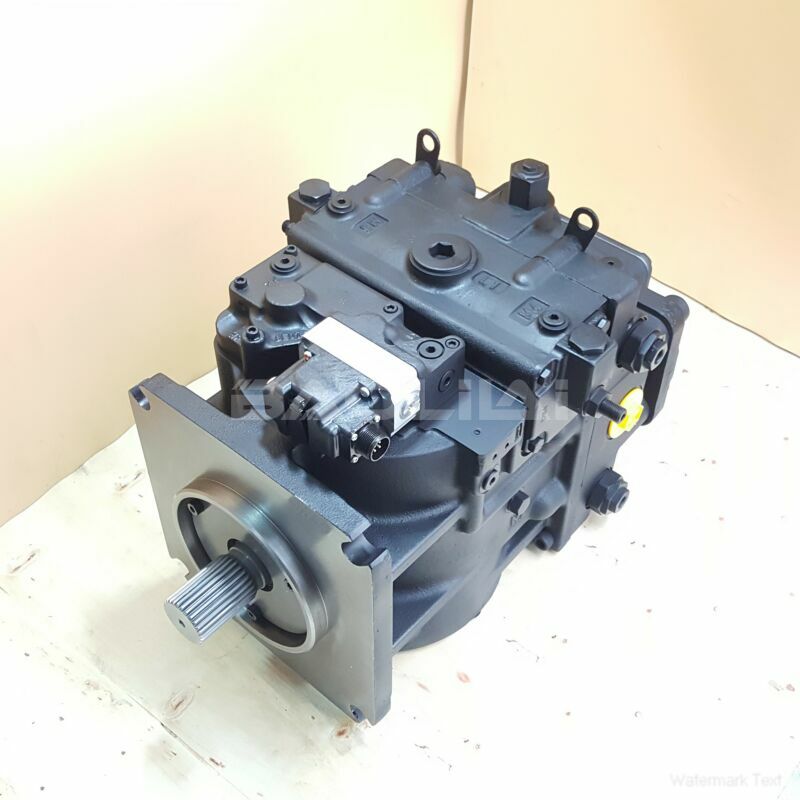90L130KA1BC80L4F1F03GBA323220 piston pump
90L130KA1BC80L4F1F03GBA323220 piston pump

- Product Details
- Applicable Scene
Hydraulic oil pump systems are critical components in various industrial and mechanical applications. However, situations may arise that require an emergency shutdown to prevent damage to the system or ensure the safety of personnel. Understanding how to effectively manage an emergency shutdown is essential for minimizing risks and maintaining system integrity. Here are some steps to follow when handling emergency shutdowns in hydraulic oil pump systems.
90L130-KA-1-BC-80-L-4-F1-F-03-GBA-32-32-20
90L130KA1BC80L4F1F03GBA323220
First and foremost, it is vital to recognize the indicators of a potential emergency that may necessitate an immediate shutdown. Common signs include unusual noises, vibrations, leakage, or abnormal pressure readings. Operators should be trained to identify these symptoms quickly to initiate the shutdown process without delay.

83007404
Once an emergency situation is detected, the first step is to alert all personnel in the vicinity. Implementing clear communication protocols will help ensure that everyone understands the situation and can respond accordingly. This may involve activating alarms or using two-way radios to relay important information.
Next, the operator should proceed to shut down the hydraulic pump system following the designated emergency procedures. This often involves shutting off the power supply and isolating the hydraulic system from other connected components. It is crucial to follow the manufacturer’s guidelines for emergency shutdown procedures to prevent further complications.
After the system has been successfully shut down, the focus should shift to securing the area. This includes ensuring that no one enters the vicinity of the hydraulic system until it has been assessed and deemed safe. Barriers or caution tape can be used to restrict access to the affected area and protect personnel from any potential hazards.
Following the shutdown, a thorough assessment of the hydraulic system should be conducted. This inspection aims to identify the cause of the emergency, whether it be mechanical failure, fluid leakage, or another issue. Proper documentation of findings is essential for future reference and troubleshooting.





